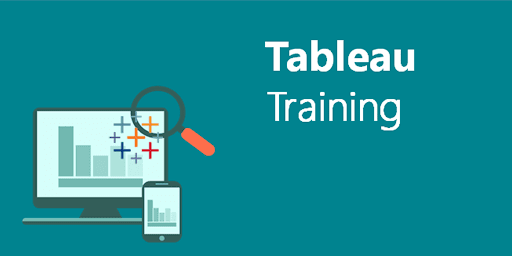Tableau Training in Chandigarh
Introduction
In Chandigarh, the demand for skilled data analysts and visualization experts has surged, prompting a rise in Tableau training programs. This article delves into the realm of Tableau training in Chandigarh, exploring its essence, applications, benefits, the process of creating visualizations, and concludes with insights into its significance in the data-driven landscape.
What is Tableau?
Tableau is a powerful data visualization tool that allows users to create interactive and shareable dashboards, reports, and charts. It simplifies complex data sets into easily understandable visualizations, enabling businesses and organizations to make informed decisions based on data insights. Tableau is renowned for its user-friendly interface, versatility, and ability to handle large volumes of data from various sources.
What are Tableau Used For?
Tableau is used across various industries and sectors for:
- Business Intelligence: Visualizing key performance indicators (KPIs), sales metrics, and financial data to identify trends and patterns.
- Data Analysis: Exploring data relationships, correlations, and outliers through interactive visualizations.
- Dashboards and Reporting: Creating dynamic dashboards and reports that update in real-time, facilitating data-driven decision-making.
- Predictive Analytics: Building predictive models and forecasting future trends based on historical data.
- Geospatial Analysis: Mapping geographical data to visualize regional trends and patterns.
Benefits of Tableau
The benefits of using Tableau include:
- Ease of Use: Intuitive drag-and-drop interface makes it accessible for users without extensive technical expertise.
- Interactive Visualizations: Enables users to explore data dynamically and drill down into specific details.
- Real-Time Updates: Dashboards and reports update automatically as new data is added, ensuring stakeholders have access to the latest information.
- Scalability: Handles large datasets efficiently, from small businesses to large enterprises.
- Integration: Connects seamlessly with various data sources such as databases, spreadsheets, cloud services, and big data platforms.
How to Create a Tableau Visualization
Creating visualizations in Tableau involves the following steps:
- Connect to Data: Import data from different sources such as Excel, CSV files, databases, or cloud platforms.
- Choose Visualization Type: Select the appropriate chart type (bar chart, line graph, pie chart, etc.) based on the data and insights you want to communicate.
- Drag and Drop: Drag fields from the data pane to the appropriate shelves (columns, rows, marks, etc.) to build the visualization.
- Customize: Customize the visualization by adjusting colors, labels, axes, and formatting to enhance clarity and aesthetics.
- Add Interactivity: Create interactivity by adding filters, parameters, and actions to allow users to interact with the data dynamically.
- Publish and Share: Once completed, publish the dashboard or report to Tableau Server or Tableau Online for sharing with stakeholders.
Conclusion
In Chandigarh, Tableau training courses offer aspiring data analysts and visualization experts the opportunity to harness the power of data to drive business insights and decisions. By mastering Tableau, professionals can transform raw data into meaningful visualizations that facilitate understanding, analysis, and strategic planning across industries.
Investing in Tableau training not only enhances technical skills but also empowers individuals to leverage data as a strategic asset. Whether aiming to advance in their current roles or embark on a new career path, Tableau course in Chandigarh equips individuals with the tools and knowledge needed to thrive in the data-driven era.
Embrace the transformative potential of Tableau and embark on a journey to become a proficient data storyteller, transforming complex data into actionable insights that propel organizations forward in an increasingly competitive and data-centric world.

